Edições Impressas
21 de outubro de 2024
Earth to Have Second Moon for Two Months – Level 3
Article published on Joca 231
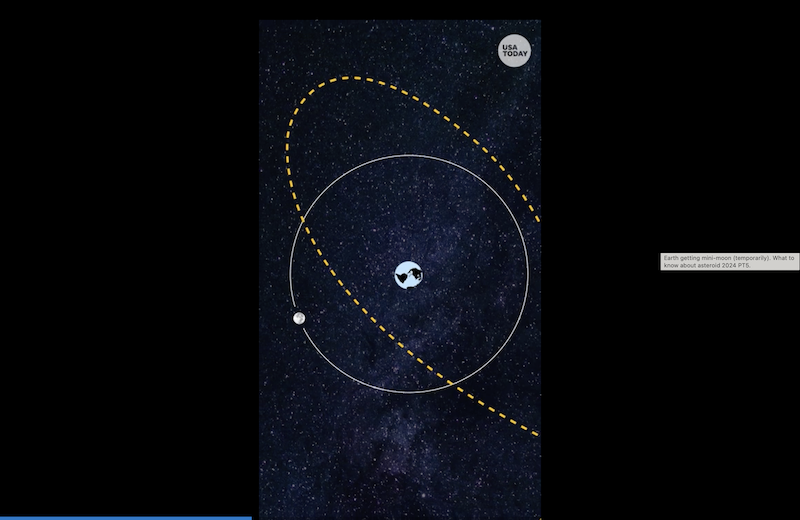
Starting on September 29th, the Earth will be orbited by an asteroid the size of a bus. The object, nicknamed “mini-moon”, will leave the planet’s gravitational field after two months, on November 25th.
Events such as this occur when an asteroid – a rocky celestial body that orbits planets and large mass stars (like the Sun) – is “pulled” into a planet’s gravitational field and orbits around it.
The object has been named 2024 PT5 and cannot be seen with the naked eye because it is small compared to space dimensions. Also, the light emitted by the asteroid is not very strong.
Although it has been called a “mini-moon,” the body will not complete a full orbit around the Earth, but will move away from the planet and resume its path around the Sun, which has thousands of asteroids in its orbit. Only celestial bodies that make a stable orbit around a planet are considered moons, that is, they never leave that planet’s gravitational field.
2024 PT5 was detected by a professional telescope in Sunderland, South Africa.
How Do Asteroids Orbit the Earth?
Asteroids have their own route and trajectory in the universe. These are calculated by scientists using the laws of physics, such as Newton’s and Kepler’s. For this reason, it is possible to predict when the body’s path will naturally move away from or get closer to the Earth’s orbit. These calculations also help determine the probability that an asteroid will collide with a planet or star, which depends on changes in gravitational fields and in the celestial body’s natural path.
Other Asteroids that Have Orbited the Earth
2006 RH120
The asteroid was pulled by the planet’s gravity and remained in orbit for around 11 months between 2006 and 2007.
2020 CD3
The asteroid orbited the Earth for three years, but was only discovered in 2020, a few months before it headed back into space.
Glossary:
Orbit: the trajectory of a celestial body around another star or planet, that is, that revolves around another body in the same trajectory. The Moon orbits the Earth, and the Earth orbits the Sun.
Gravity: the force of attraction that keeps objects and people “tied” to the Earth. Gravity acts on the mass of an object – the greater the object’s mass, the greater its gravitational force. For example, because the Earth’s mass is greater than that of a person, we are drawn to the center of the Earth.
Sources: The New York Times and G1
Ixi! Você bateu no paywall!
Ainda não é assinante? Assine agora e tenha acesso ilimitado ao conteúdo do Joca.
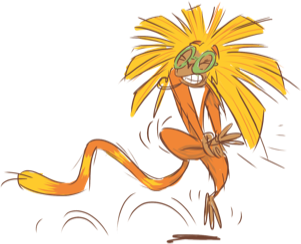
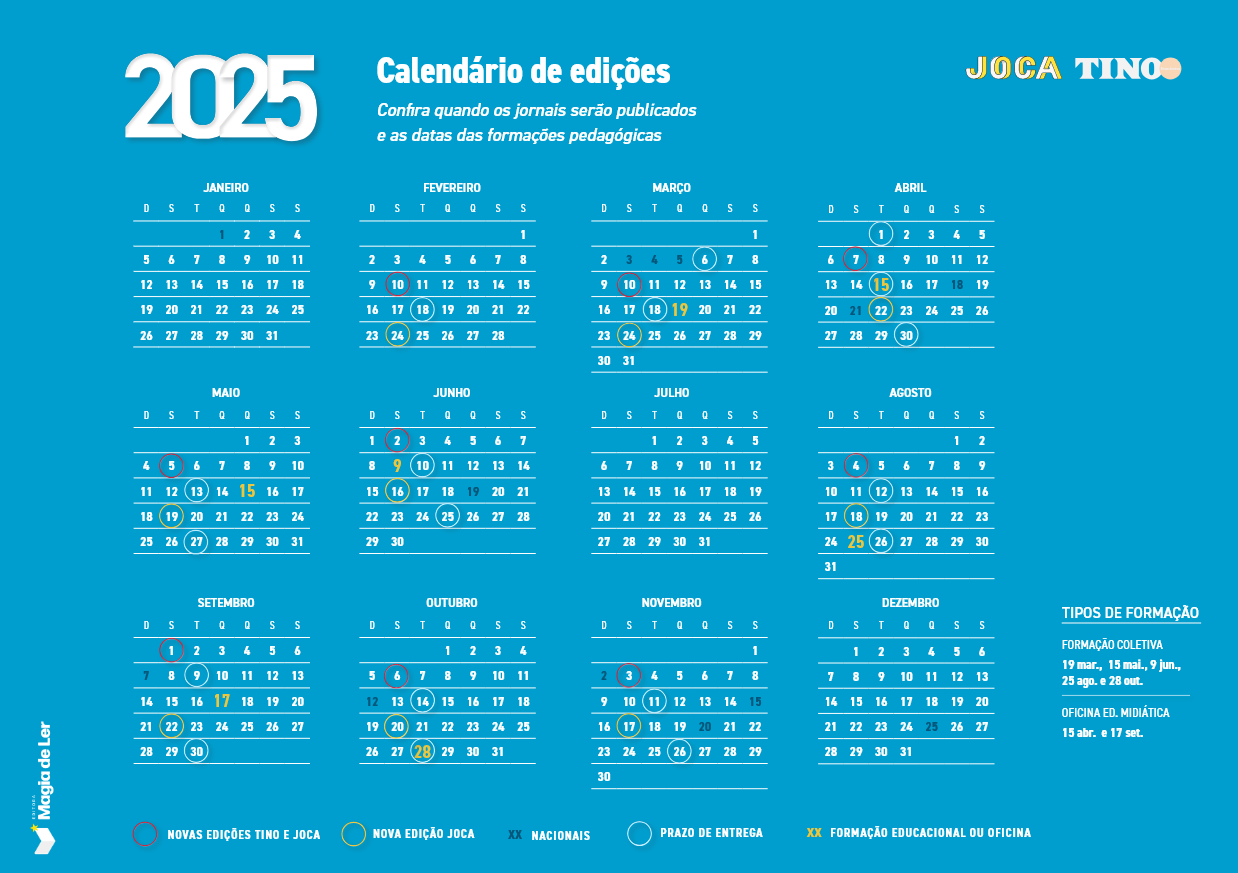
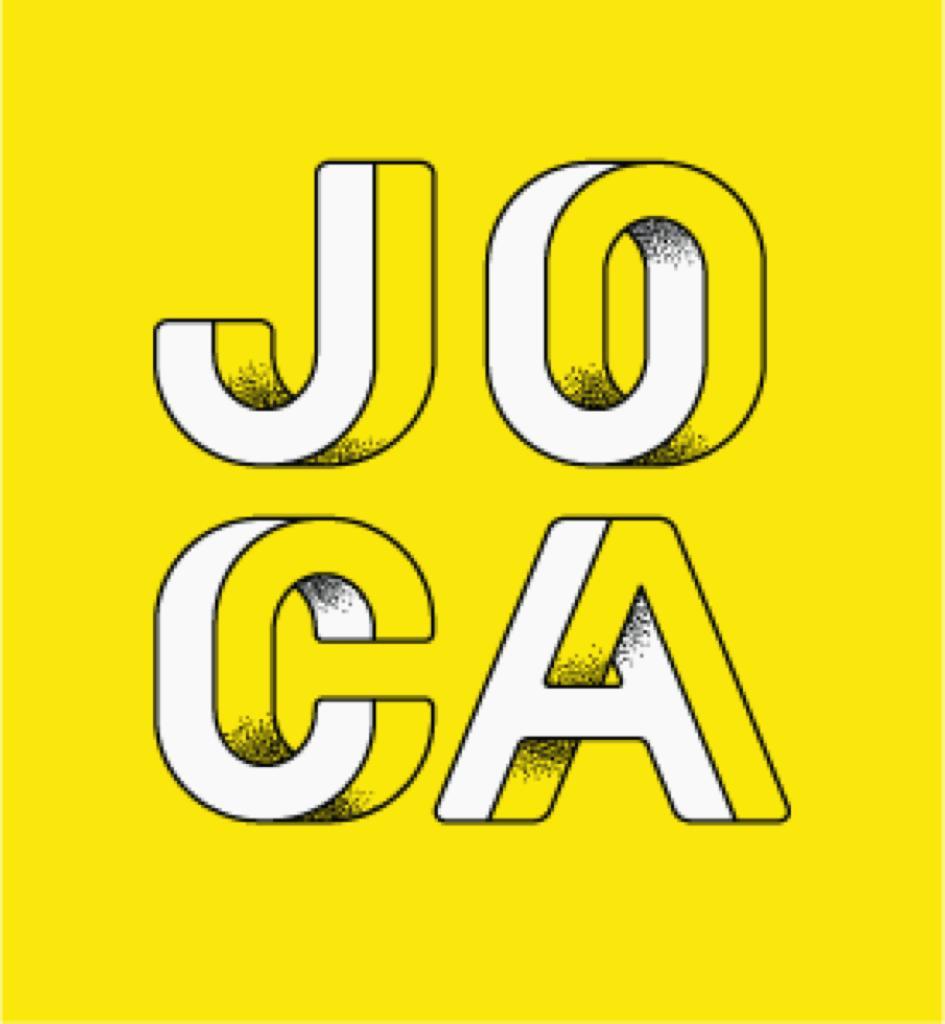


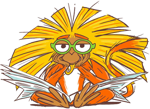


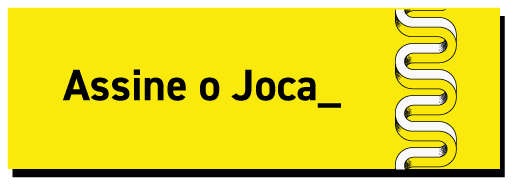
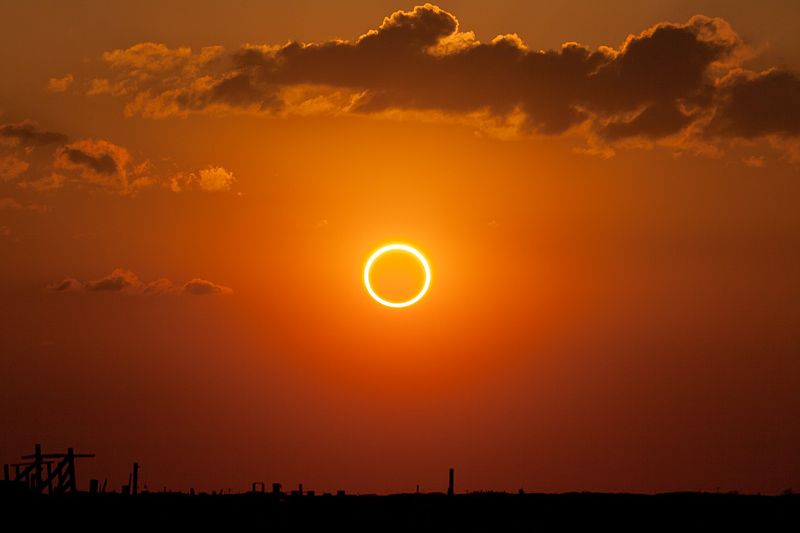
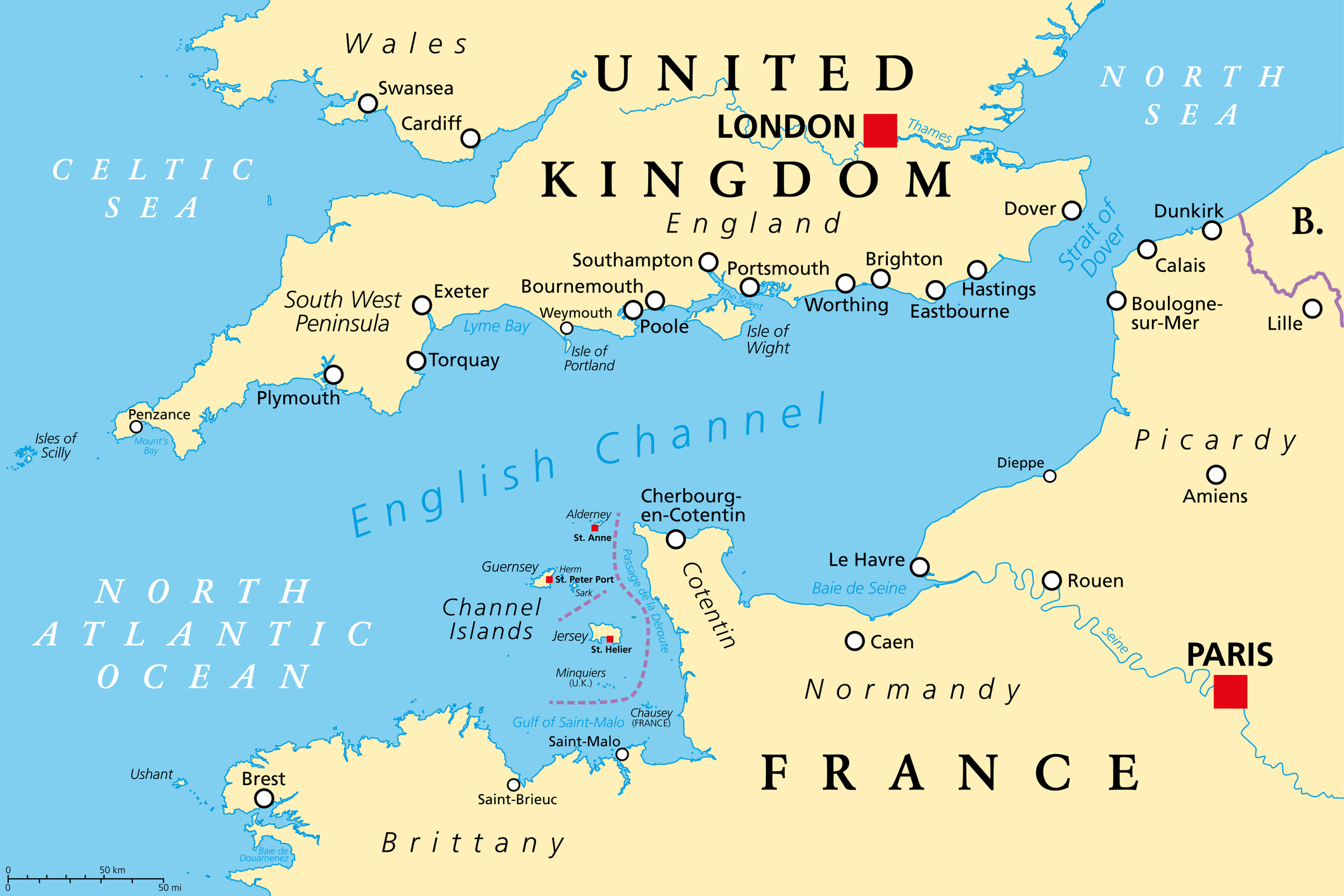
Você precisa fazer o login para publicar um comentário.